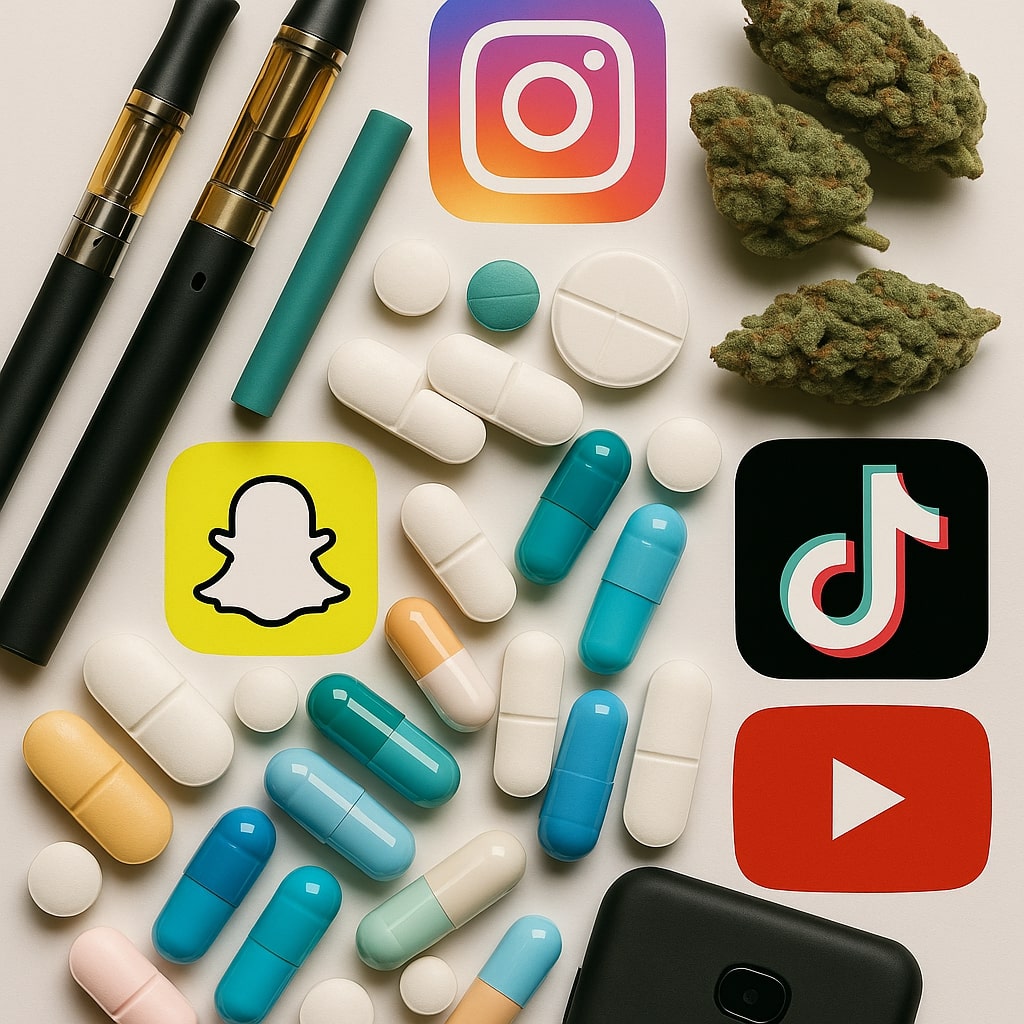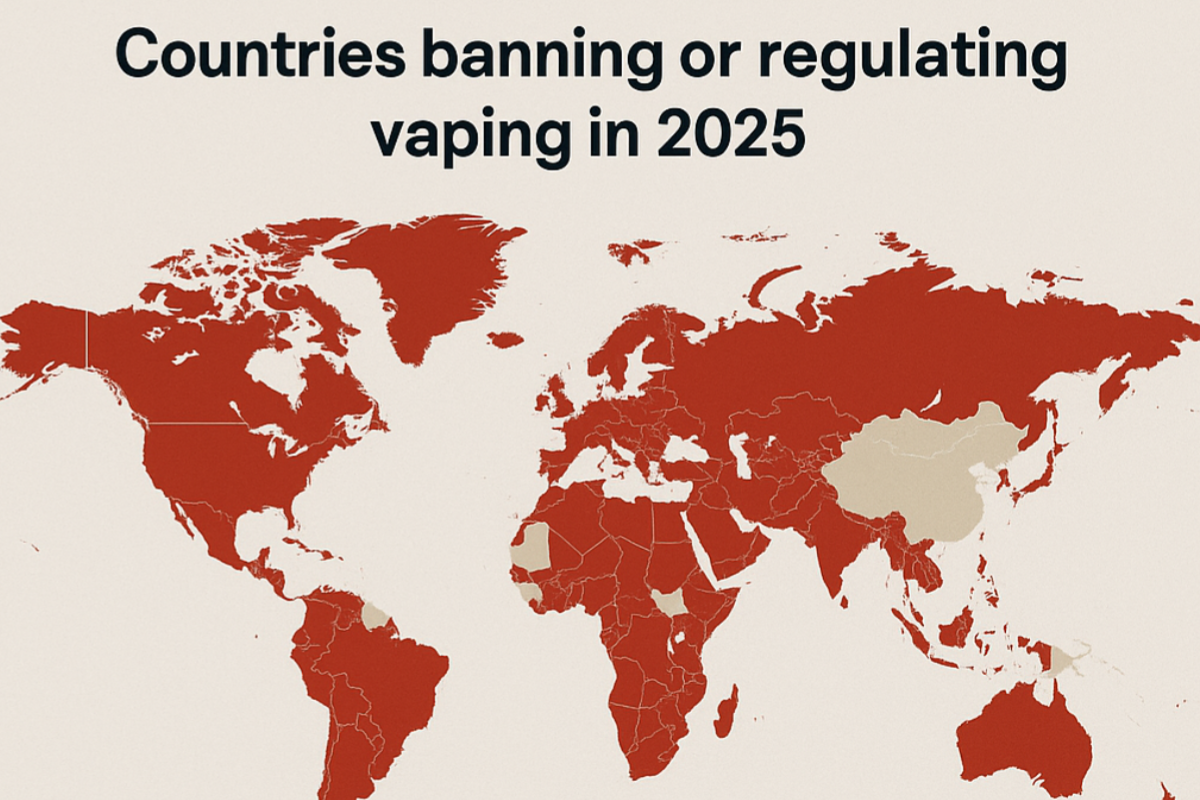“It starts with a puff of mango ice. It ends with lungs that feel like they’re drowning in fog.”
Vaping has exploded into a global phenomenon, shaping youth culture, influencing social media, and even changing the face of addiction. Marketed as a cleaner, trendier alternative to cigarettes, e-cigarettes are now everywhere-from high school bathrooms to office break rooms. But is vaping harmful? Or are we inhaling a new generation of health risks, cleverly disguised in fruity flavors and sleek packaging?

In this 2025 deep-dive, we’ll cut through the vapor and reveal the real science, the silent dangers, and what every teen, parent, and adult needs to know about the dangers of vaping. Is Vaping Harmful? Get ready for facts, stats, and expert advice-because what you don’t know could hurt you.
What Is Vaping & How Does It Work?

Vaping is the act of inhaling an aerosolized liquid (not water vapor) produced by an e-cigarette or vape device. Unlike traditional cigarettes, which burn tobacco, vapes heat a liquid (e-liquid or vape juice) to create a mist you inhale.
The Devices
- Pens: Slim, discreet, easy to use.
- Pods: Popular among teens (think JUUL).
- Mods: Customizable, powerful, often used by hobbyists.
- Disposables: Single-use, cheap, and the fastest-growing segment among youth.
What’s Inside That Cloud?
Most people think vaping is just “flavored air.” The truth? It’s a chemical cocktail.
Core Ingredients
- Nicotine: Highly addictive, affects brain development and mood.
- Propylene Glycol & Vegetable Glycerin: Create the visible vapor, but can irritate lungs.
- Flavorings: Hundreds of chemicals, some linked to lung disease.
- Heavy Metals: Leached from heating coils (lead, nickel, chromium).
Quick Facts Table: What’s in a Vape?
| Ingredient | Function | Health Risk |
| Nicotine | Addictive stimulant | Highly addictive, affects brain development |
| Propylene Glycol | Produces vapor | Lung irritation, allergy risks |
| Flavoring agents | Enhance taste | Some cause popcorn lung & inflammation |
| Heavy metals (lead) | From coils | Linked to cancer, neurological damage |
Did you know? The U.S. FDA found that over 80% of e-liquids tested in 2024 contained at least one harmful or potentially harmful chemical not listed on the label.
Debunking the Top 5 Vaping Myths
1. “It’s just flavored air.”
Reality: Vape aerosol contains ultrafine particles, heavy metals, and toxic chemicals-not harmless vapor.
2. “It’s better than smoking.”
Reality: While vaping may expose you to fewer carcinogens than cigarettes, it brings its own set of unique risks, especially for lungs and mental health.
3. “It helps you quit cigarettes.”
Reality: Dual use is common; many vapers end up using both products. Studies show only 8% of smokers successfully quit using e-cigarettes alone (CDC, 2024).
4. “It’s safe if it’s nicotine-free.”
Reality: Even nicotine-free vapes can contain toxic chemicals and flavorings linked to lung disease.
5. “Only teens vape.”
Reality: While youth use is skyrocketing, adult use is also climbing, especially among non-smokers.
Pro Tip: Just because it smells like candy doesn’t mean it’s not a chemical cocktail.
The Short-Term Side Effects You’ll Notice Fast
Vaping side effects can appear within days or weeks of use:
- Coughing, dry throat, and shortness of breath
- Headaches, nausea, and chest pain
- Nicotine toxicity (especially in youth): dizziness, vomiting, rapid heartbeat
- Increased heart rate and blood pressure
EVALI: The Vape Lung Crisis
In 2020, the U.S. saw over 2,800 hospitalizations and 68 deaths linked to EVALI (E-cigarette or Vaping product use-Associated Lung Injury). While the outbreak was tied to vitamin E acetate in illicit THC vapes, new EVALI cases continue to surface in 2025-reminding us that the dangers of vaping are very real.
Stat: 23% of new vapers report chest pain or breathing difficulties within the first six months (Global Vaping Survey, 2024).
Long-Term Effects of Vaping (Still Emerging, Still Scary)
The long-term effects of vaping are only just beginning to surface, but early research is alarming:
- Lung Scarring & Disease: Chronic bronchitis, asthma, and rare conditions like “popcorn lung” (bronchiolitis obliterans) are linked to certain flavoring chemicals.
- Nicotine Addiction: Alters brain chemistry, increasing risk of depression, anxiety, and mood swings.
- Carcinogen Exposure: Vapes contain formaldehyde, acetaldehyde, and other chemicals that can damage DNA and may increase cancer risk.
- Heart & Brain Risks: Vaping raises heart rate, blood pressure, and damages artery walls-potentially increasing the risk of heart attack and stroke.
- COVID-19 Complications: Vapers are 5x more likely to contract COVID-19 and face more severe symptoms (Stanford Medicine, 2022).
📈 Vaping vs Smoking: A Risk Comparison
| Health Risk | Vaping | Smoking |
| Lung damage | Yes (different form) | Yes (extensive) |
| Nicotine addiction | Yes | Yes |
| Carcinogenic exposure | Yes (less, but real) | Yes (heavy) |
| Mental health disruption | Yes | Yes |
| Long-term studies | Limited | Extensive |
Note: Vaping may look cleaner, but the risks are real and still unfolding.
Mental Health & Vaping: A Dangerous Connection

The link between mental health and vaping is now undeniable.
- Nicotine hijacks the brain’s reward system, especially in those under 25.
- Increases risk of anxiety, depression, and addiction.
- Withdrawal triggers irritability, mood swings, and emotional instability.
“Vaping doesn’t calm your anxiety-it fuels it and sells you the relief as another puff.”
Stat: Teens who vape are 2.5x more likely to report depression than non-vapers (JAMA Pediatrics, 2024).
Vaping & Teens: A Global Epidemic
The Numbers
- 1 in 4 U.S. high school students now vape regularly (CDC, 2025).
- In the UK, over 900,000 children aged 11-17 have tried vaping (ASH, 2024).
- Disposable vapes are the #1 product among teens, with use tripling since 2022.
Why Teens Are Hooked
- Targeted Marketing: Fruity flavors, colorful packaging, and viral TikTok trends.
- Easy to Hide: Devices look like USB drives, pens, or even makeup.
- Peer Pressure: 65% of teen vapers say they started because “everyone else was doing it.”
Fast Fact: In the U.S., over 2.5 million teens reported using e-cigarettes in the last 30 days (CDC 2024).
The Consequences
- Early addiction: Nicotine rewires the developing brain, making quitting harder.
- Academic decline: Vaping linked to lower grades and concentration problems.
- Gateway effect: Teens who vape are 3x more likely to start smoking cigarettes within a year.
Why Are Countries Banning Vapes?

The Global Crackdown
- UK: Banning disposable vapes from June 2025 to curb youth use and environmental waste.
- Australia: Prescription-only model for nicotine vapes; commercial sales banned.
- India: Total ban on e-cigarettes since 2019.
- US: Flavored vape bans in several states; FDA cracking down on illegal imports.
Reasons for Bans
- Health uncertainty: Long-term effects not fully known.
- Youth addiction: Vaping seen as a public health crisis.
- Environmental waste: 1.3 billion disposable vapes thrown away each year in the UK alone (Material Focus, 2024).
Quote: “We cannot allow a new generation to become addicted to nicotine.” – UK Health Secretary, 2025
What Health Experts Are Saying
- CDC: “Vaping is unsafe for youth and young adults.”
- WHO: Calls for global regulation and stricter controls on marketing.
- US Surgeon General: Labels vaping a “youth health crisis.”
- Harvard Health: Links vaping to long-term lung inflammation and cardiovascular risk.
- American Lung Association: Warns that “no form of tobacco or nicotine is safe for youth.”
Expert Tip: If you wouldn’t drink the chemicals in a vape, why inhale them?
Should You Quit Vaping? (And How to Start)
Why You Should Quit
- Lung repair: Your lungs begin to heal within 2 weeks of quitting.
- Better sleep, clearer skin, improved focus.
- Reduced anxiety: Breaking the nicotine cycle leads to better mental health.
- Save money: Average vaper spends $1,200+ per year on devices and juice.
- Freedom: Break free from an industry designed to keep you hooked.
Quitting Tips & Resources
- Talk to a counselor or doctor: Behavioral support doubles your chances of quitting.
- Nicotine replacement therapy: Gum, patches, or lozenges can help.
- Set a quit date: Tell friends or family for accountability.
- Join a support group: Online forums and local groups offer encouragement.
Success Stat: People who use a combination of counseling and nicotine replacement are 3x more likely to quit for good (CDC, 2024). For more information visit bewareofdrugs
FAQs
Q: Can vaping cause cancer?
A: Yes. While vapes have fewer carcinogens than cigarettes, they still contain chemicals linked to cancer, and studies show DNA damage and tumor growth in animal models.
Q: Is vaping addictive?
A: Extremely. Nicotine is one of the most addictive legal substances known, and vapes deliver it in high doses.
Q: Is vaping without nicotine safe?
A: Not completely. Many still contain toxic chemicals and flavoring agents linked to lung disease-even without nicotine.
Q: Are disposables worse than vape pens?
A: Yes. Disposables often contain higher nicotine, are less regulated, and contribute to massive environmental waste.
Q: Can you quit vaping cold turkey?
A: Yes, but using support tools (like counseling or NRT) increases your chances of success dramatically.
Don’t Be Fooled by the Vapor
So, is vaping harmful? The evidence in 2025 is clear: vaping isn’t just a trend-it’s a trap. The sleek packaging and fruity clouds hide a brutal truth: nicotine addiction, lung damage, and mental health struggles. Whether you’re vaping daily or just curious, now’s the time to ask the real question: Is one puff really worth your future?
✋ Take a breath. Not the vapor.
Key Takeaways
- Vaping is NOT harmless-it comes with real, emerging health risks.
- Teens and young adults are at highest risk for addiction and long-term harm.
- Quitting is possible-and your body starts healing within weeks.
- Stay informed, stay empowered, and don’t let the haze cloud your future.
- Is Vaping Harmful? The Real Risks You Need to Know (2025 Update) - May 20, 2025
- How to Choose the Right Rehab Center: 5 Critical Things to Know - May 1, 2025
- How to Prevent Child Drug Use: Every Parent Should Know - April 27, 2025